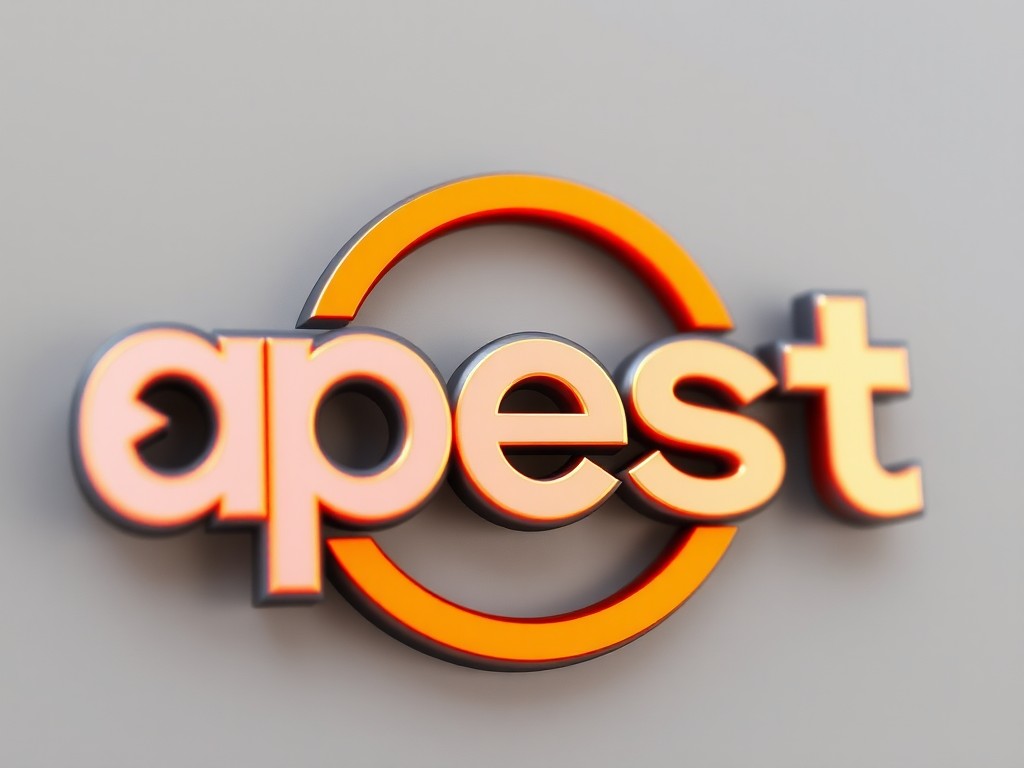Harnessing AI-powered web scraping can dramatically transform your store’s approach to competitive intelligence and data analysis. This technology simplifies data extraction, providing valuable insights without extensive programming knowledge. By utilizing AI tools, you can automate and streamline your operations, ensuring you stay ahead in the ever-evolving marketplace. Discover how to leverage these powerful solutions to elevate your business strategy and enhance your decision-making capabilities.
Introduction to Web Scraping
Delving into the realm of data collection, web scraping stands out as an indispensable technique for extracting information from websites. Automated tools, such as Product-fetcher, have revolutionized this process by simplifying data extraction from dynamic and complex websites, ensuring that businesses can gather rich datasets swiftly. The advantages of web scraping for businesses are manifold. It facilitates comprehensive market research, provides valuable insights into consumer behaviour, and aids in lead generation by collecting potential customer data. These capabilities empower businesses to make data-driven decisions, helping them stay ahead in competitive markets.
Have you seen this : Easily synchronize your calendars for stress-free scheduling
However, the practice of web scraping comes with its own set of legal and ethical challenges. While it offers vast potential for data extraction, companies must navigate through legal boundaries, such as copyright issues and terms of service agreements. Ethical considerations also demand attention, emphasizing the need for responsible data use and respecting privacy laws, especially when dealing with personal data. Understanding and adhering to these considerations allow businesses to leverage web scraping effectively and responsibly, maintaining a balance between data utility and legal compliance.
Web Scraping Techniques and Tools
Common Techniques Used in Web Scraping
Web scraping starts with methods like manual copy-pasting and evolves into complex processes using advanced web scraping techniques. Regular expressions facilitate pattern matching, while DOM parsing allows data extraction from structured HTML pages. Some techniques involve scripting for scraping dynamic websites, often utilizing web scraping libraries.
Topic to read : What methods can be used to implement data caching in a Python Flask application?
Comparison of Popular Web Scraping Tools
When evaluating web scraping tools comparison, distinctions emerge. Tools range from intuitive GUIs for beginners to robust scripting interfaces for seasoned developers. Some platforms excel in scraping e-commerce data, while others focus on real-time data applications. The choice depends on web scraping techniques and the complexity of tasks, such as handling scraping websites without an API.
Utilizing Python Libraries for Web Scraping Projects
Scraping web pages with Python is enhanced by libraries like BeautifulSoup and Scrapy. BeautifulSoup offers simplicity in parsing HTML, whereas Scrapy provides a more comprehensive framework, making it optimal for larger projects. These web scraping frameworks enable developers to automate tasks, handle errors, and source data efficiently, all while supporting ethical web scraping practices and minimizing challenges.
Best Practices and Challenges in Web Scraping
Establishing Best Practices for Effective Web Scraping
When it comes to web scraping best practices, a structured approach is key. Begin by identifying your goals: understand precisely what data needs to be extracted and why. Utilize robust web scraping tools that align with your skill level and project requirements. It’s advisable to document your process—this helps in maintaining records and troubleshooting in the future. Always ensure compliance with legal guidelines; web scraping should honor website terms of service and respect intellectual property rights.
Common Challenges and Solutions in Web Scraping Projects
One of the significant challenges in web scraping is managing dynamic content. Web pages that rely heavily on JavaScript for content display necessitate advanced methods like headless browsing to capture the needed data. Handling web scraping errors effectively involves implementing retries for transient network issues and using error logging to track and rectify problems. Pay attention to rate limiting, as frequent requests may lead to IP bans.
Enhancing Performance and Reliability through Proxy Usage
Using proxies for web scraping is critical in optimizing performance and ensuring reliable data retrieval. Proxies help disguise your requests and prevent IP blocking, vital for projects that involve scraping large volumes of data. They also distribute requests evenly, reducing the load from any single IP, thus enhancing the overall web scraping performance optimization. Consider rotating proxy services to maintain data integrity and access.










